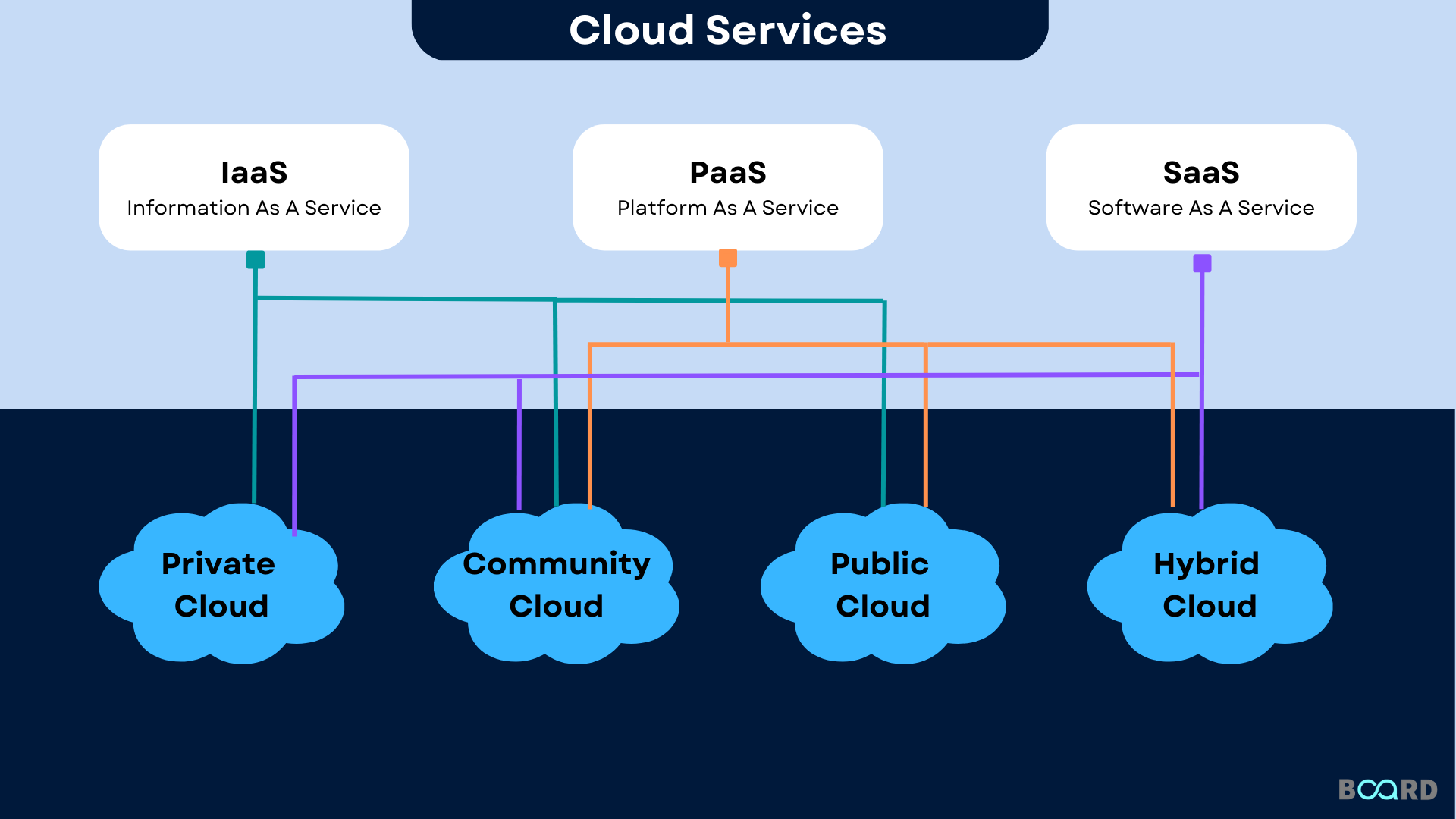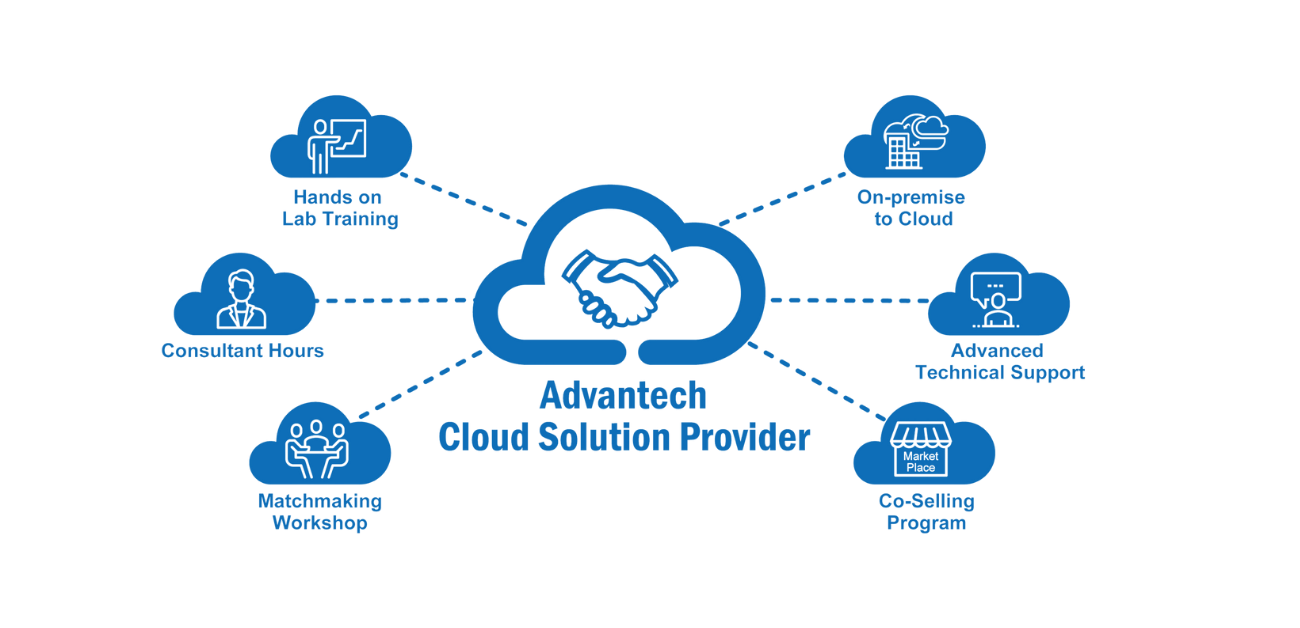Unlocking Success with LinkDaddy Cloud Services: Taking Full Advantage Of Universal Cloud Service Effect
Wiki Article
Simplify Your Facilities With Cloud Provider
As services navigate the ever-evolving landscape of modern technology and data administration, the function of cloud services in simplifying infrastructure has become progressively prominent. The appeal of structured procedures, improved performance, and boosted resource allocation through cloud services is indisputable. The journey in the direction of a more agile and affordable IT infrastructure includes more than simply moving to the cloud. It calls for a strategic approach and a deep understanding of the subtleties of cloud adoption. So, exactly how can organizations successfully browse this change and truly open the capacity of cloud services for simplifying their framework?Advantages of Cloud Provider
Cloud solutions provide a streamlined strategy to handling IT framework, providing organizations with flexibility, cost-efficiency, and scalability. Among the crucial advantages of cloud solutions is the scalability they offer. Companies can quickly scale their sources up or down based on need, guaranteeing they just spend for what they utilize. This flexibility is particularly helpful for services with rising and fall needs or those experiencing development.Additionally, cloud solutions eliminate the demand for organizations to purchase expensive software and hardware. This cost-efficiency is a significant advantage, especially for tiny to medium-sized enterprises looking to reduce ahead of time costs. By making use of cloud services, organizations can access top notch IT resources without the significant cost related to typical infrastructure setups.
Additionally, cloud services provide businesses with the versatility to access their information and applications from anywhere with a net connection. This level of access boosts partnership among teams, makes it possible for remote work, and increases overall performance. The versatility provided by cloud solutions encourages businesses to adapt rapidly to transforming market conditions and customer needs.
Cost Cost Savings and Scalability
Along with the operational benefits highlighted earlier, the assimilation of cloud solutions into a company's infrastructure produces considerable cost financial savings and improved scalability. Cloud solutions offer a pay-as-you-go design, enabling services to range resources up or down based on present needs, therefore avoiding the expenses linked with maintaining excess capability. This versatility makes it possible for firms to adjust rapidly to changing demands without incurring unneeded expenses.Moreover, cloud services remove the requirement for upfront investments in hardware and software, decreasing resources expenses. Operating budget are also decreased as business no more require to take care of and maintain physical servers, causing reduced energy intake and IT staffing costs. Additionally, cloud services offer automated updates and maintenance, making sure that the infrastructure remains updated and secure without calling for manual treatments.
Enhanced Protection Actions
When integrating cloud solutions into a firm's framework to protect delicate data and ensure conformity with industry policies,Executing rigorous protection procedures is critical. Cloud company offer boosted protection attributes such as data file encryption, firewall software protection, and multi-factor verification to minimize cybersecurity threats. Encryption assists secure data both at rest and in transit, making sure that only accredited customers can access sensitive information. Firewall programs work as a barrier in between inner networks and exterior threats, monitoring and regulating outgoing and incoming network web traffic. Multi-factor authentication adds an extra layer of safety by needing users to provide several forms of verification before accessing the cloud solutions.In addition, regular safety audits and compliance assessments aid recognize susceptabilities and make certain adherence to sector criteria. Firms can likewise gain from functions like automated security updates and real-time threat tracking provided by cloud provider. By prioritizing safety actions and staying positive in dealing with possible threats, businesses can confidently utilize cloud services while securing their useful data from unauthorized gain access to or breaches.
Transitioning to Cloud Infrastructure
To successfully incorporate cloud services into a company's facilities, a structured strategy that attends to the change in the direction of cloud-based services is vital. Transitioning to cloud infrastructure involves cautious planning and implementation to ensure a smooth migration process - linkdaddy cloud services press release.As soon as the assessment is total, a migration approach ought to be created. This strategy ought to detail the timeline, resources, and obligations for relocating each part to the cloud. It is vital to connect this plan plainly to all stakeholders to make sure placement and decrease disruptions throughout the shift.
Throughout the migration process, monitoring and screening are critical to determine and attend to any type of concerns promptly. Regular checkpoints must be established to track progression and make required modifications. Additionally, training for employees on using cloud services ought to be provided to ensure a successful transition and maximize the advantages of the brand-new infrastructure.
Best Practices for Cloud Fostering
Effective fostering visit this site of cloud services depends upon the calculated alignment of business goals with technological abilities and organizational preparedness. To make certain a smooth transition to the cloud, companies need to start by carrying out a detailed assessment of their present infrastructure and determining which work are best fit for cloud migration. It is important to entail essential stakeholders from different divisions in the decision-making process to acquire buy-in and attend to any type of concerns at an early stage.One more finest method for cloud fostering is to focus on safety and compliance. Organizations needs to very carefully examine the safety and security measures provided by cloud service companies and ensure that their data is shielded according to industry standards and regulative dig this requirements. Implementing durable data encryption, access controls, and routine security audits can assist alleviate risks connected with cloud adoption.

Final Thought

As companies navigate the ever-evolving landscape of modern technology and data monitoring, the role of cloud services in streamlining framework has actually come to be increasingly famous - cloud services press release. Exactly how can services properly navigate this transition and absolutely open the possibility of cloud solutions for streamlining their framework?
Cloud solutions use a structured technique to handling IT framework, click here for more giving organizations with cost-efficiency, versatility, and scalability. By making use of cloud solutions, services can access top quality IT sources without the large rate tag linked with typical infrastructure configurations.
To ensure a smooth shift to the cloud, organizations ought to begin by performing a thorough analysis of their existing facilities and recognizing which workloads are best fit for cloud migration.
Report this wiki page